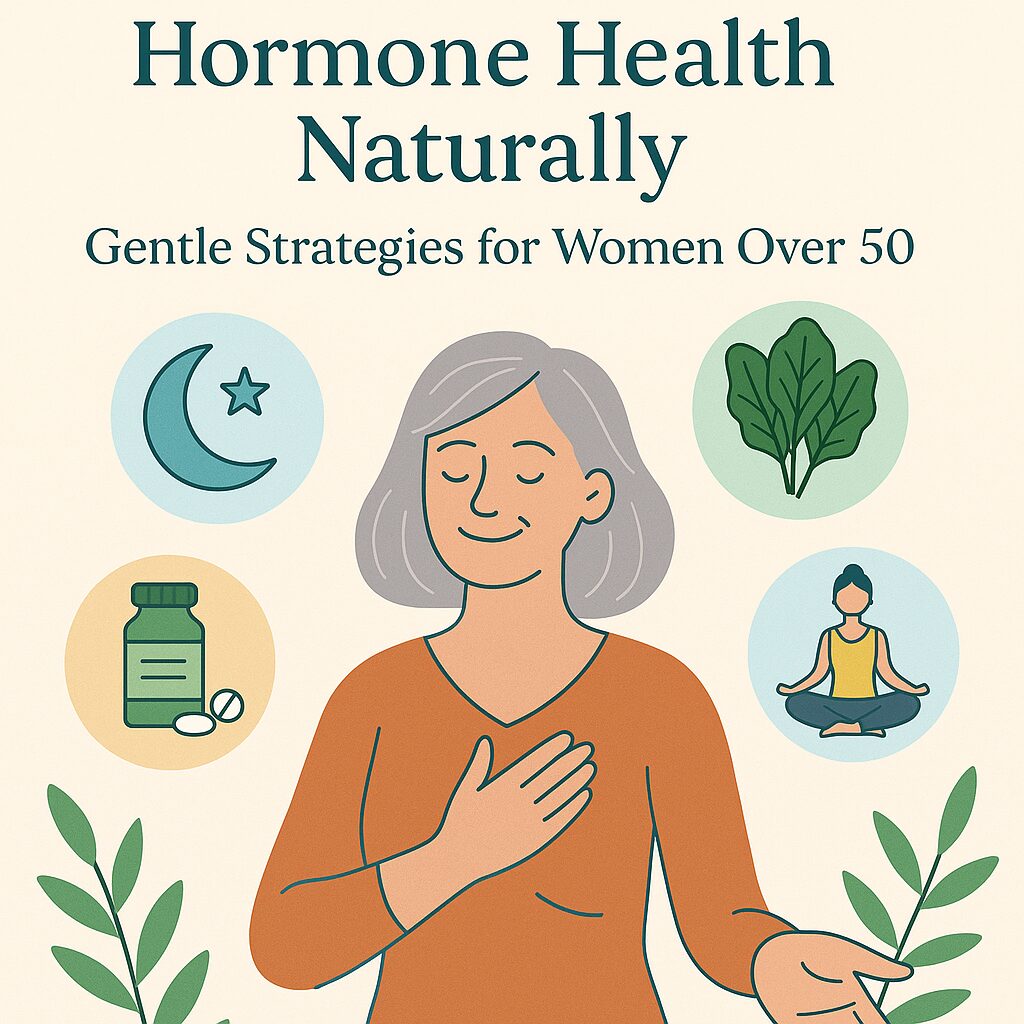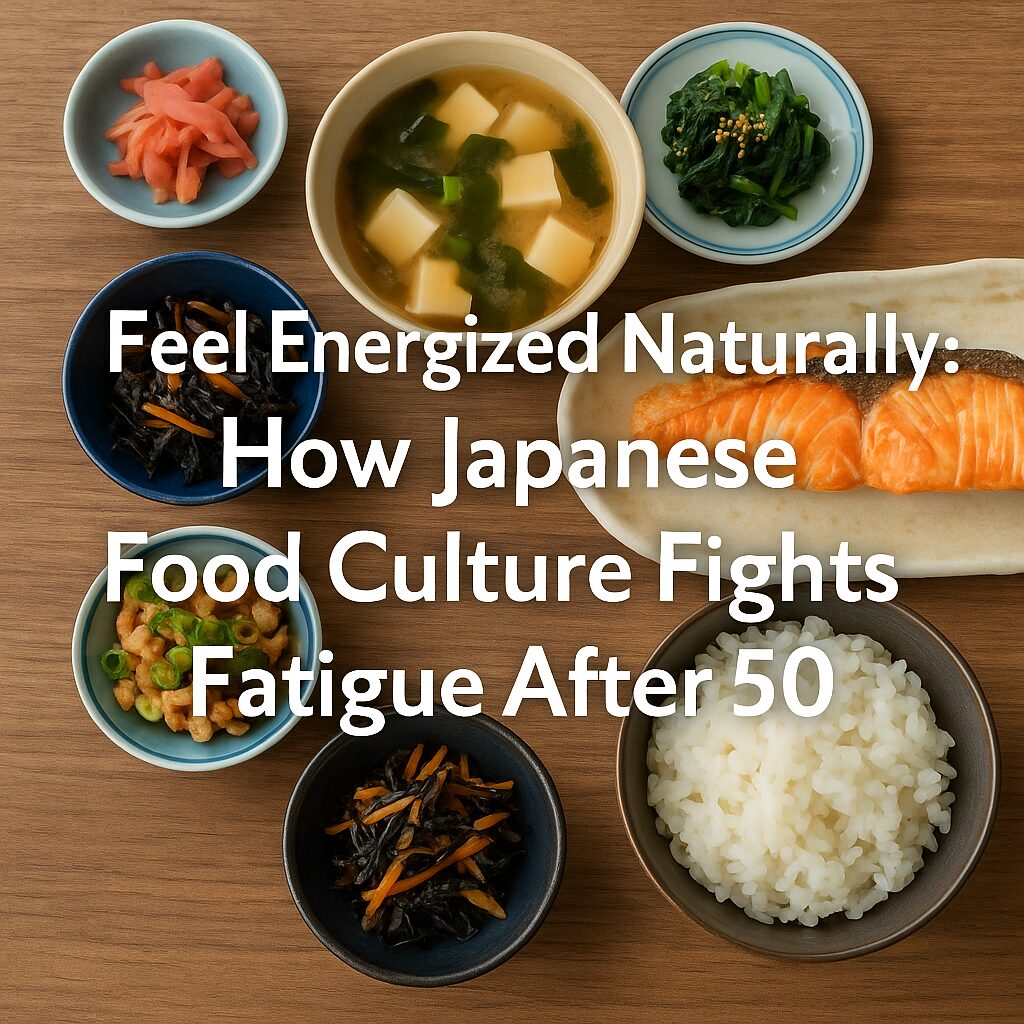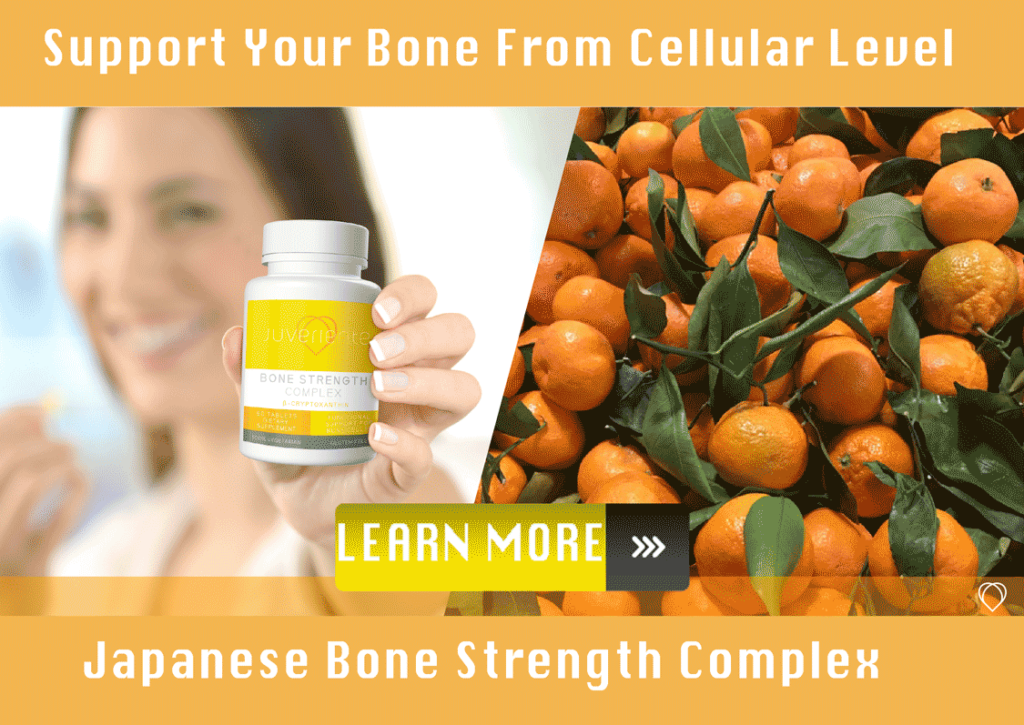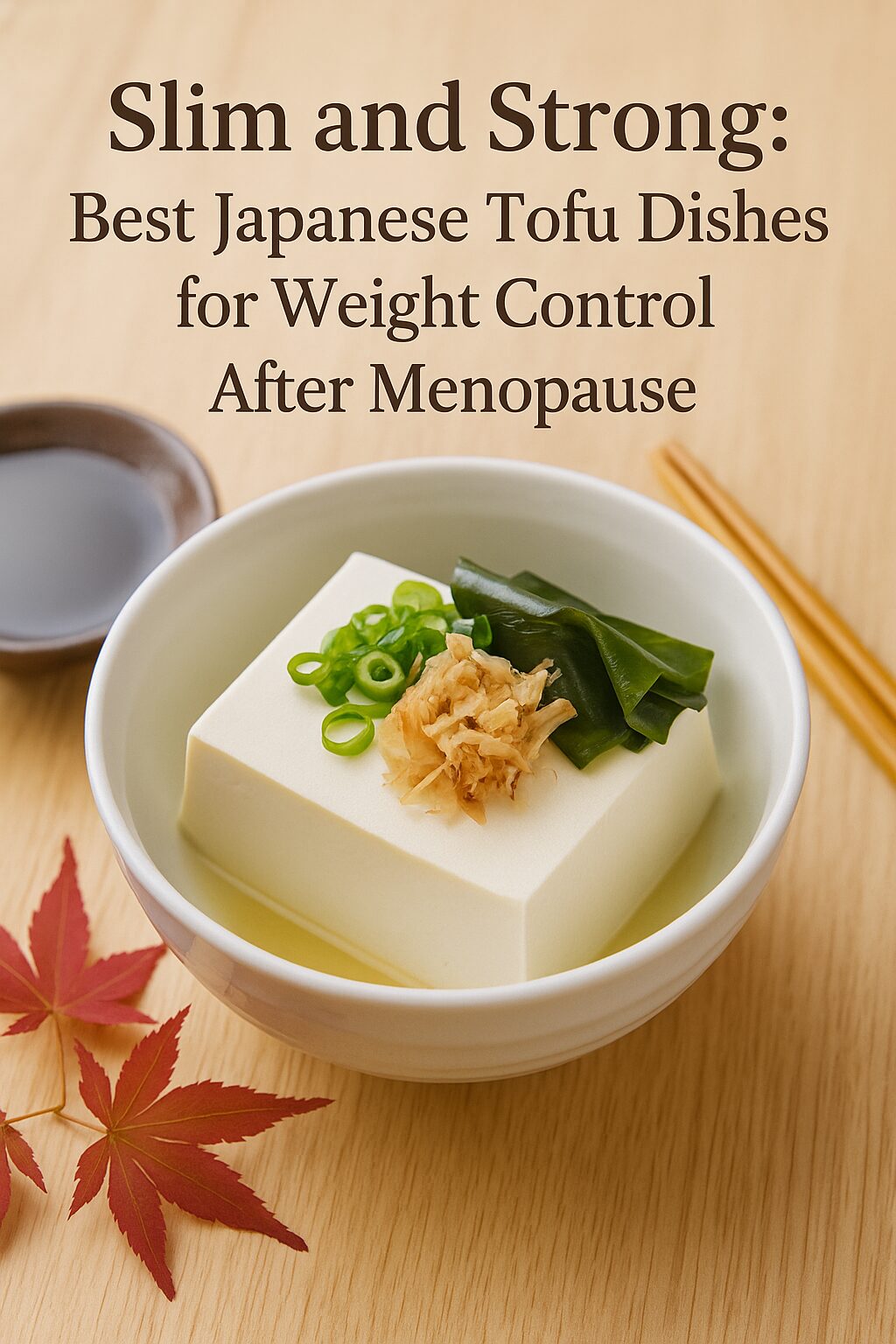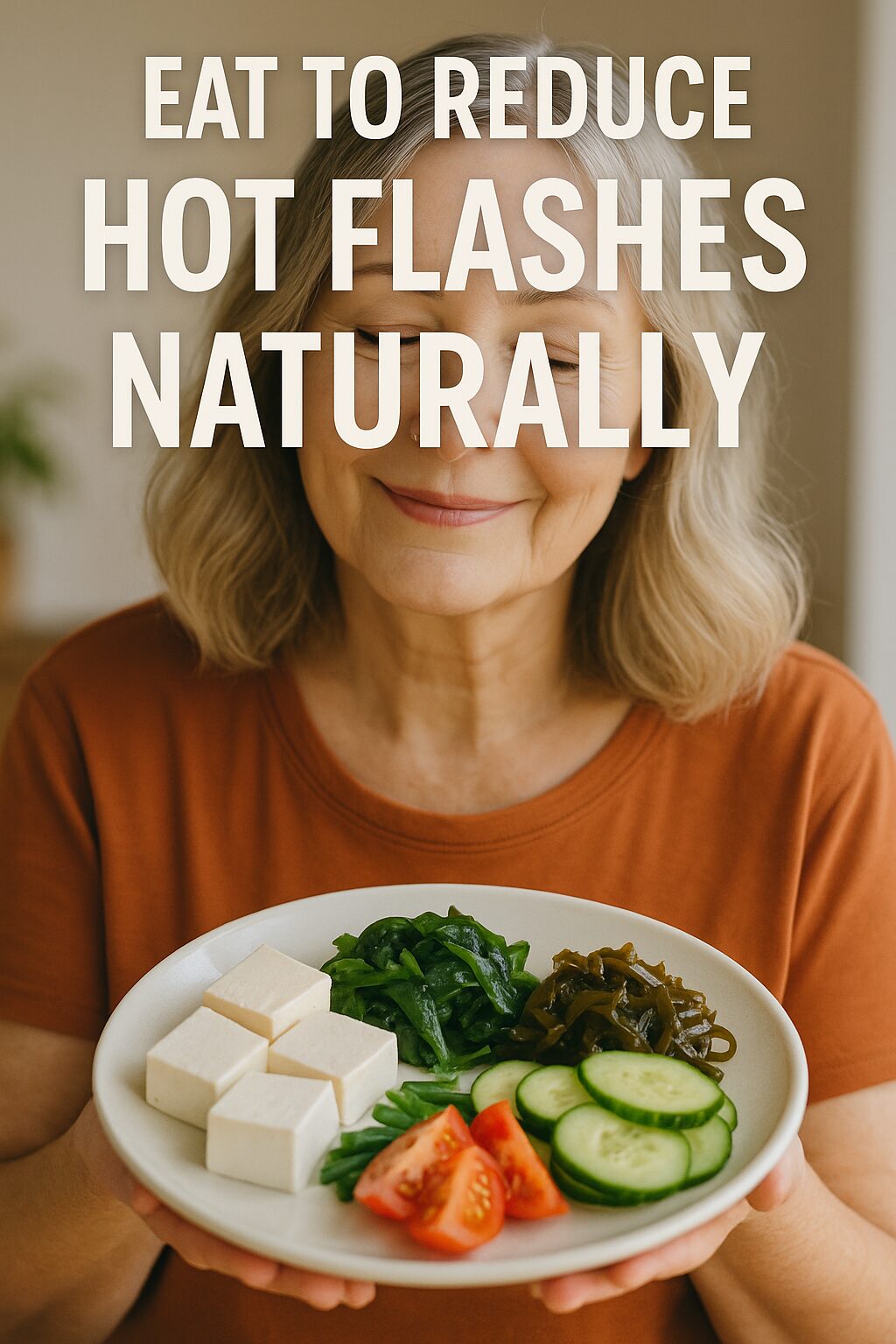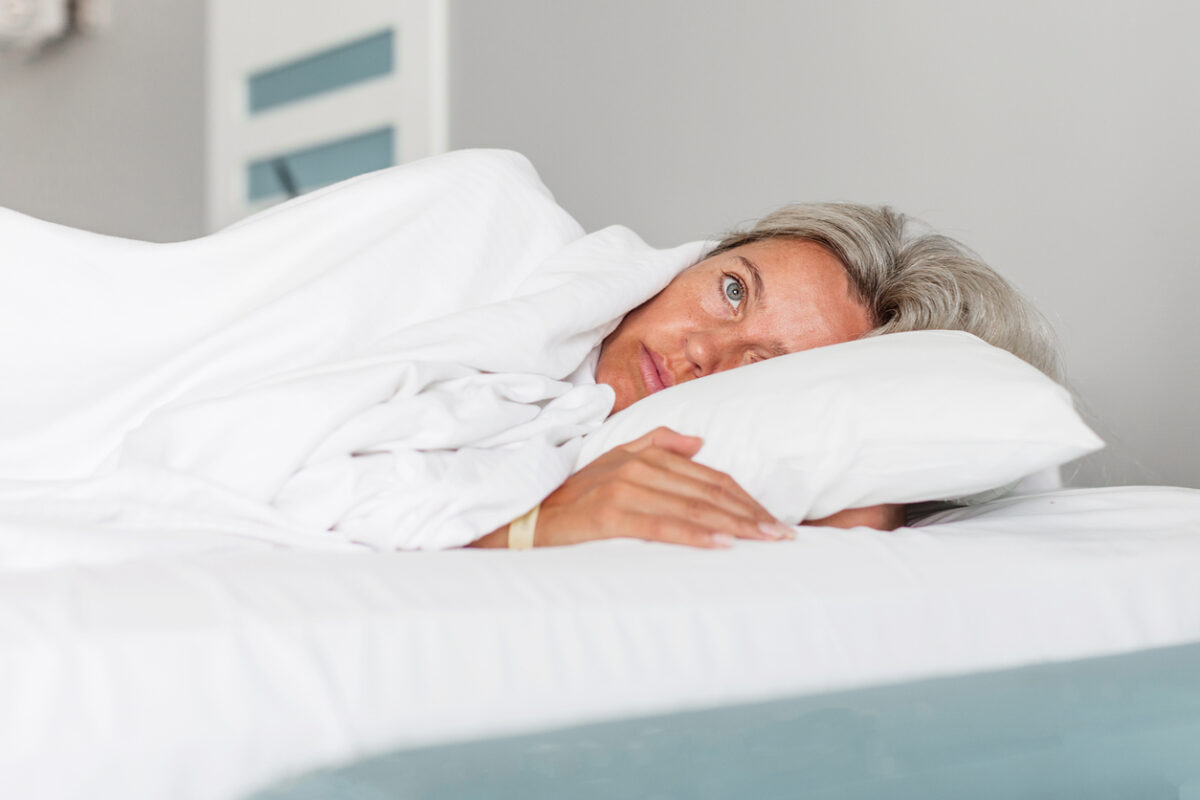Hormonal changes during and after menopause can lead to fatigue, mood swings, weight gain, and sleep disturbances. While hormone replacement therapy (HRT) is a common solution, many women seek gentler, natural methods to support hormonal health. Fortunately, there are lifestyle and dietary habits—especially inspired by traditional Japanese wellness—that can help you regain balance without side effects.
Here’s how to support hormone health naturally and gracefully embrace this stage of life.
Why Hormone Balance Matters After 50
The Key Hormones at Play
As women age, the body’s production of estrogen, progesterone, and DHEA naturally declines. These hormones affect more than just reproductive function—they influence bone density, mood, metabolism, and skin health.
Signs of Hormonal Imbalance
Common signs include:
-
Constant fatigue
-
Sleep problems
-
Hot flashes and night sweats
-
Irritability or anxiety
-
Thinning hair or dry skin
Maintaining hormonal balance supports long-term vitality, bone health, and emotional well-being.
Top Lifestyle Habits That Promote Hormonal Harmony
Prioritize Quality Sleep
Poor sleep raises cortisol and disrupts hormonal cycles. Aim for 7–8 hours of uninterrupted rest. Create a relaxing bedtime routine and avoid screens one hour before sleep.
Move Your Body Mindfully
Gentle movement like yoga, walking, or tai chi not only improves circulation and metabolism but also reduces stress hormones.
A Harvard Health study found that yoga may help modulate stress and balance hormones naturally.
Manage Stress Effectively
Chronic stress leads to hormonal disruption, especially with cortisol and insulin. Try deep breathing, journaling, or short meditation sessions to support emotional balance.
The Role of Diet in Supporting Hormone Health
Embrace Plant-Based Eating
A diet rich in vegetables, whole grains, and legumes helps reduce inflammation and stabilize insulin, which supports hormonal balance. Traditional Japanese meals—like miso soup, tofu, seaweed, and fermented vegetables—are naturally hormone-friendly.
Explore more in our article:
👉 Japanese Fermented Foods for Bone Health
Don’t Fear Healthy Fats
Hormone production depends on fat. Include sources like:
-
Avocados
-
Olive oil
-
Nuts and seeds
-
Fatty fish (like salmon or mackerel)
These fats support cellular health and hormone synthesis.
Natural Supplements for Hormonal Support
The Power of Fermented Soy Isoflavones
Japanese women experience milder menopause symptoms compared to Western women. One reason is their regular intake of fermented soy, which is rich in aglycone isoflavones—plant compounds that support hormonal health naturally.
Juveriente Effisoy®: Inspired by Japanese Wellness
Effisoy® is Juveriente’s flagship menopause supplement designed to help restore your body’s natural ability to produce DHEA, a key hormone that declines with age.
Unlike traditional HRT, Effisoy works gently by delivering fermented soy isoflavones in their bioavailable aglycone form—the same form found in traditional Japanese miso or natto.
Customers have reported improvements in:
-
Hot flashes
-
Mood stability
-
Daytime energy
-
Sleep quality
Learn more about how Effisoy supports women naturally: Effisoy Product Page
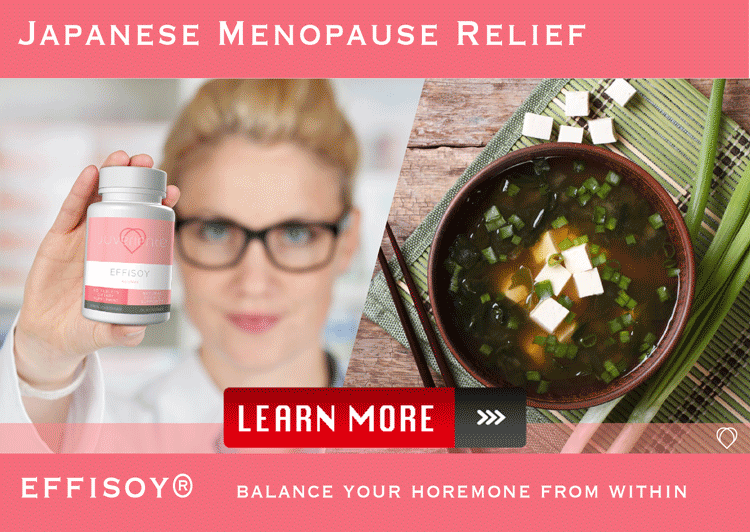 The only supplement to contain fermented soy isoflavone beside Japan.
The only supplement to contain fermented soy isoflavone beside Japan.
When to Seek Additional Support
Listen to Your Body
If natural approaches don’t bring relief, consult a healthcare provider. Some women benefit from testing for:
-
Thyroid function
-
Vitamin D and B12 levels
-
Cortisol patterns
Consider Integrative Care
Many women find success with naturopathic doctors, functional medicine practitioners, or nutritionists who specialize in women’s hormonal health. These professionals can guide you with a blend of nutrition, supplementation, and lifestyle support.
Final Thoughts
Supporting hormone health naturally doesn’t require drastic measures. By combining time-tested wellness practices from cultures like Japan with modern understanding, you can improve your energy, mood, and quality of life after 50.
Start small: improve your sleep, move more, eat mindfully, and consider natural support like Effisoy if you need extra help. Your body will thank you.


